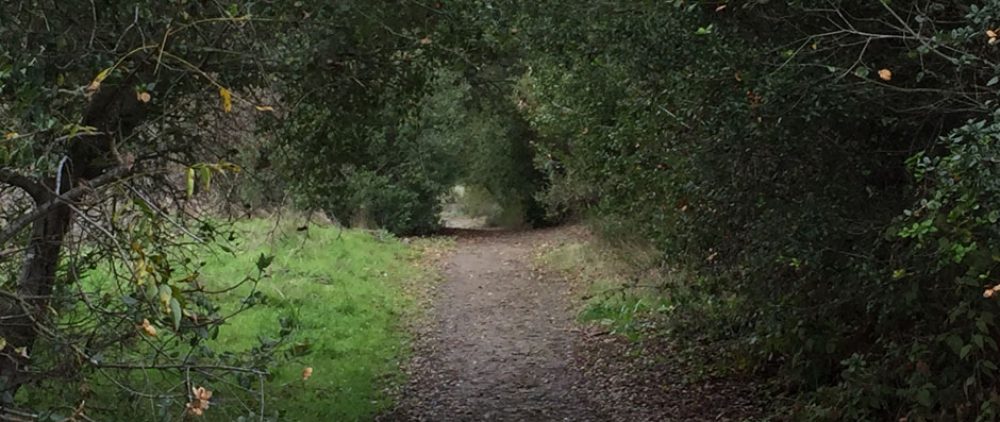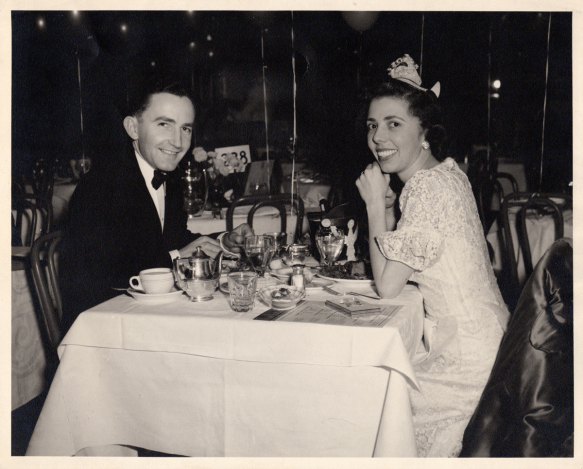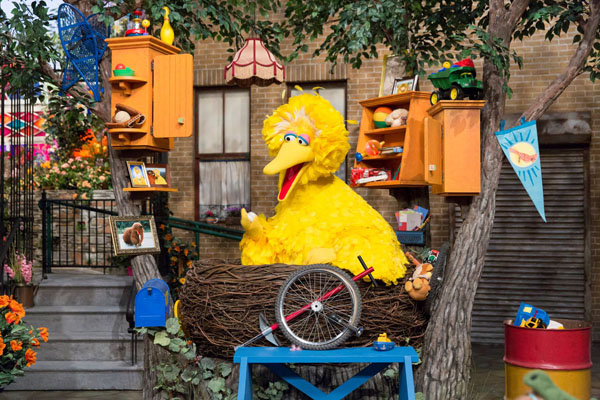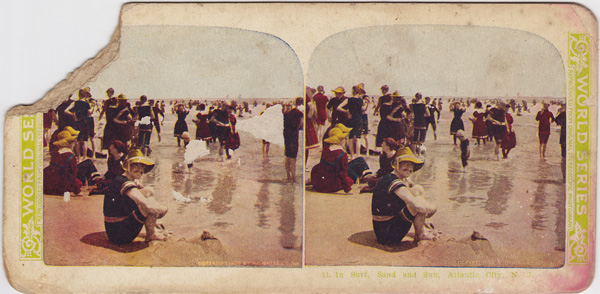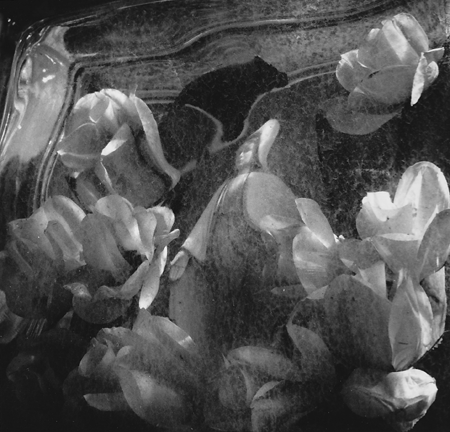Because Halloween is coming and because I’ve been looking at old family albums, I decided to re-post a story I first published in July, 2010, a month after I started blogging. It concerns the “family ghost story” my great-grandmother used to tell. Except it may have been a “rural legend” once told widely in the midwest. Since the timeframe was the 1880’s, it really doesn’t matter. The story still evokes the mystery and excitement of my childhood Halloweens…Enjoy!
*******************
I heard this from the time I was little, a story told by my great-grandmother, Hannah Shook Outwater. I was ten when she died at the age of 88. Her gift of a hand puppet for my third Christmas was a huge catalyst in sparking my lifelong love of making and telling stories, but that is a tale for another time.
When she was seven, Hannah, the seventh of eight children, rode with her family in a covered wagon from Ohio to Michigan. Her younger brother, Freddy, age two, didn’t survive the trip. They say he was flat on his back in the wagon with fever, but the evening he died, he sat up with a beatific smile and reached out his arm to angels no one else could see. At least that’s the family legend. When I was young, Freddie’s child-sized fork lay in the silverware drawer.
When they reached Kalamazoo, Hannah’s father, Isiah Shook, rented a farm. Then the incidents began.
Hannah’s older sister was of the age to go courting. The family would hear the wagon drive up bringing her home, open the door and find no one there. Some nights the family heard such a commotion in the barn it sounded like the animals were about to kick it down. When they ran out to investigate, they found the cows and horses asleep and everything quiet. Then there was the reddish stain on the guest room floor they could never scrub out…
You have to imagine my great grandmother pausing to look around the room. She knew how to build suspense. It might be halloween – it was certainly winter, with the lights turned low. Those were the days before the SciFi channel and Freddy Kreuger. Before CSI and the horrendous headlines that have become all to common.
The old lady would lean forward and speak in a low voice so we would have to lean in too. “Once we needed to move a big old chest in the cellar. That’s when we found it. Mind you, those were the days of dirt cellars, but in the far corner was a single patch of cement about six feet long.”
She would let that sink in, and then say, “We had been there about six months when my father heard the story. The neighbors said a wealthy horse dealer came through town and spent the night with the people who lived there before you. No one ever saw him again. The couple who lived there said he left before dawn. Funny that they moved away two months later. We never understood where they got the money to up and go so suddenly.”
Hannah’s family moved not long after. And “No,” she said, they never quite dared to dig and see what was buried under the cement slab.
AFTERWARD
My sister and I and our friends grew up with that story, and after Hannah was gone, my mother told it. Some ten years ago, however, while spending the night in a vacation cabin, I found a stack of American Heritage magazines, and one of them had an article on legends common in rural America a century ago – and there was the family ghost story! Or so I think, because I didn’t have the sense to write down the magazine date, and later attempts to find it again in libraries or used bookstores never panned out.
Was it pure legend? Was it born of a scandalous crime that was the talk of the midwest in the era before TV and tabloids? Was it like certain crimes that became the stuff of ballads that are still sung hundreds of years later?
When I first found that copy of American Heritage, I thought it was very important to find out what kind of story it really was – exactly how true. Now I don’t think it matters. For me the story will always be true, whether it happened or not.
